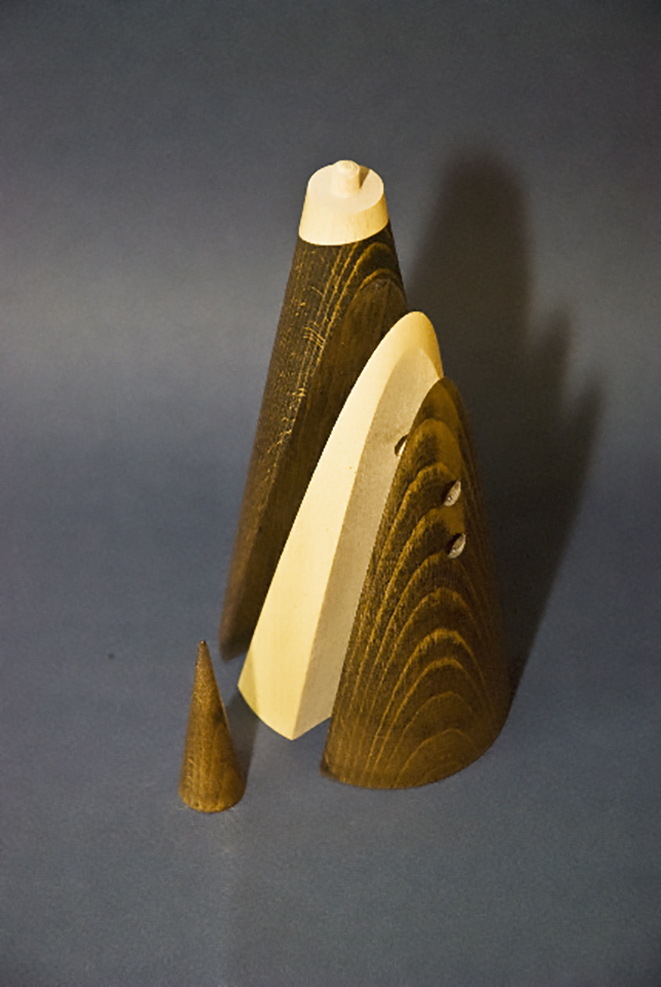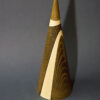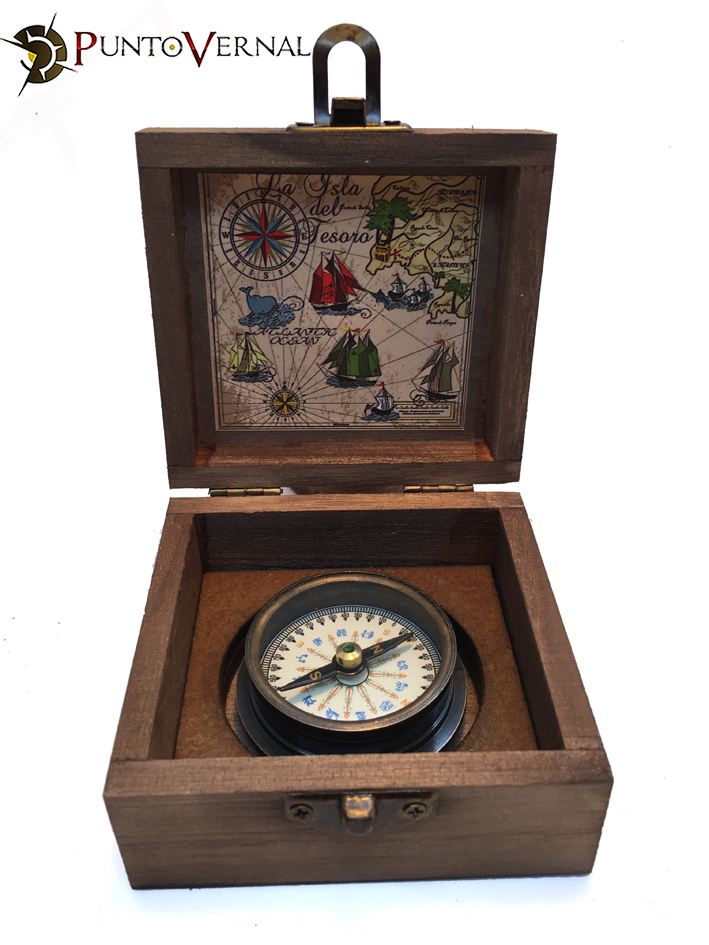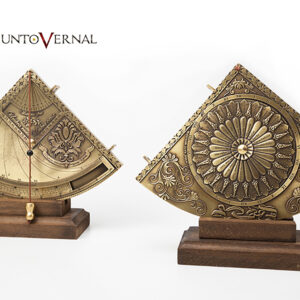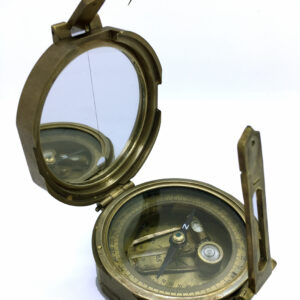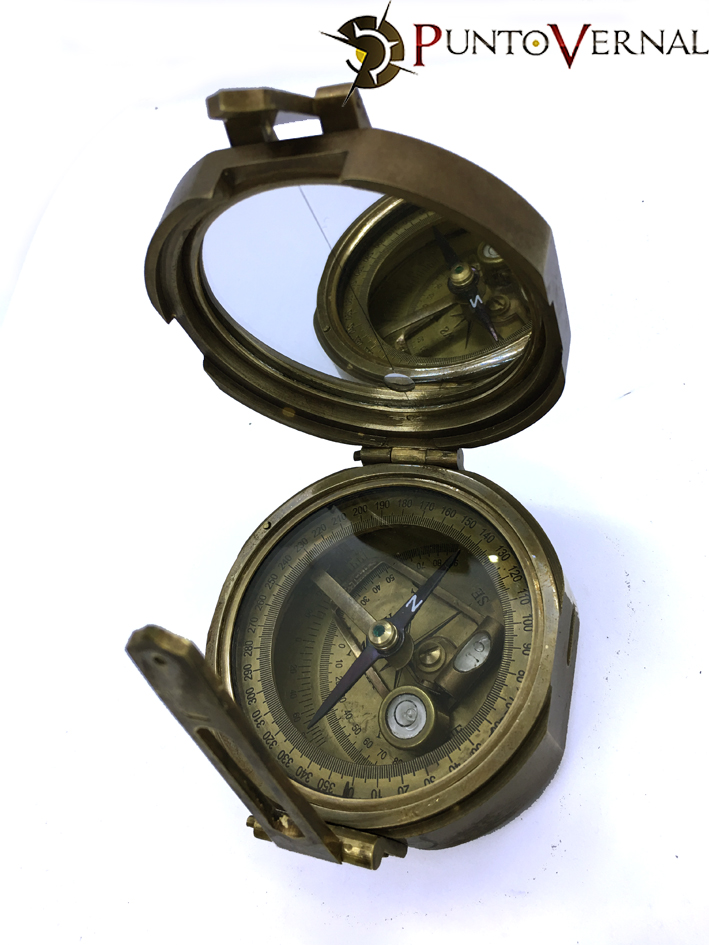Apollonius of Perga was born in Pamphylia (today’s Antalya, Turkey) in 262 BC, studied with the disciples of Euclid, and his life was spent between the cities of Alexandria, Ephesus and Pergamon. The latter also had an important library and a School of Knowledge, similar to those of Alexandria. He died in Alexandria in 190 BC. His most famous work is “The Conics”, a masterpiece of Greek mathematics, which together with Euclid’s “The Elements”, the great treatises of Archimedes, and Ptolemy’s “Almagest” are the fundamental works on which modern mathematics is based Apollonius demonstrated in his “Conics” that four types of sections can be obtained from a cone, depending on the inclination of the cut of the plane that cuts the cone; this demonstration was an important step in the process of unifying the study of the different types of curves. It was not until almost 2000 years later that the importance of Apollonius’ work was revealed, when Kepler and Newton applied it to the study of celestial mechanics. Apollonius of Perga was undoubtedly the forerunner in the advent of the scientific revolution from the Renaissance onwards. Thus, the “Conics” are: –
-A circle: cut with a plane parallel to the base of the cone.
-An ellipse: oblique cut with respect to the base.
-A parabola: cut parallel to a generatrix of the cone that crosses its base.
-A hyperbola: cut more or less parallel to the height of the cone facing its image joined by the vertex.
It is made of beech wood , stained and polished with natural bee waxes and is accompanied by an illustrative booklet explaining all of the above.
Measurements:
Height 28 cm
Diameter: 8 cm


